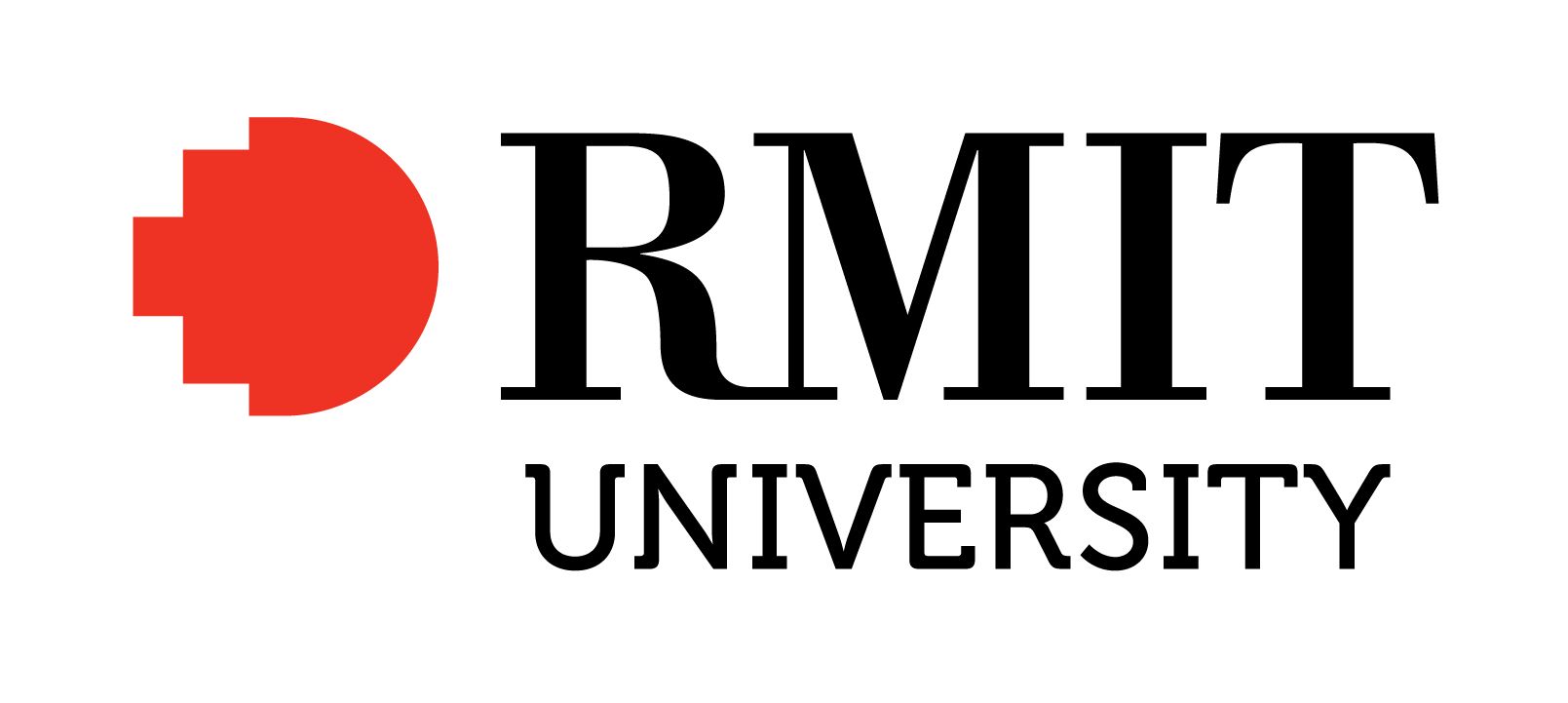Full description
The datasets generated and /or analysed during the current study are not publicly available due to participant identifying factors but are available from the corresponding author on reasonable written request. Background: Rheumatic fever (RF) and rheumatic heart disease (RHD) cause considerable morbidity and mortality amongst Australian Aboriginal and Torres Strait Islander populations. Secondary antibiotic prophylaxis in the form of 4-weekly benzathine penicillin injections is the mainstay of control programs. Evidence suggests, however, that delivery rates of such prophylaxis are poor. Methods: This qualitative study used semi-structured interviews with patients, parents/care givers and health professionals, to explore the enablers of and barriers to the uptake of secondary prophylaxis. Data from participant interviews (with 11 patients/carers and 11 health practitioners) conducted in four far north Queensland sites were analyzed using the method of constant comparative analysis. Results: Deficits in registration and recall systems and pain attributed to injections were identified as barriers to secondary prophylaxis uptake. There were also varying perceptions regarding responsibility for ensuring injection delivery. Enablers of secondary prophylaxis uptake included positive patient-healthcare provider relationships, supporting patient autonomy, education of patients, care givers and healthcare providers, and community-based service delivery. Conclusion: The study findings provide insights that may facilitate enhancement of secondary prophylaxis delivery systems and thereby improve uptake of secondary prophylaxis for RF/RHD. Subjects
Aboriginal and Torres Strait Islander Health |
Benzathine penicillin |
Medical and Health Sciences |
Public Health and Health Services |
Penicillin |
Rheumatic fever |
Rheumatic heart disease |
Secondary prophylaxis |
User Contributed Tags
Login to tag this record with meaningful keywords to make it easier to discover
Identifiers
- Local : 8169484aef4c01fe9a1050cad3db1e04


